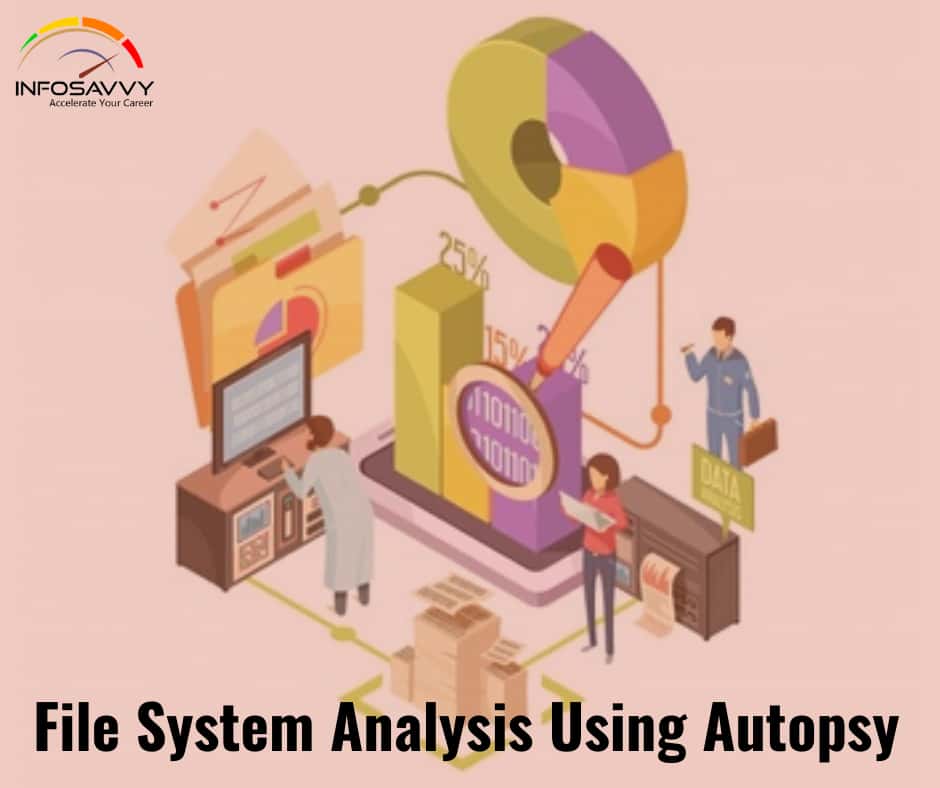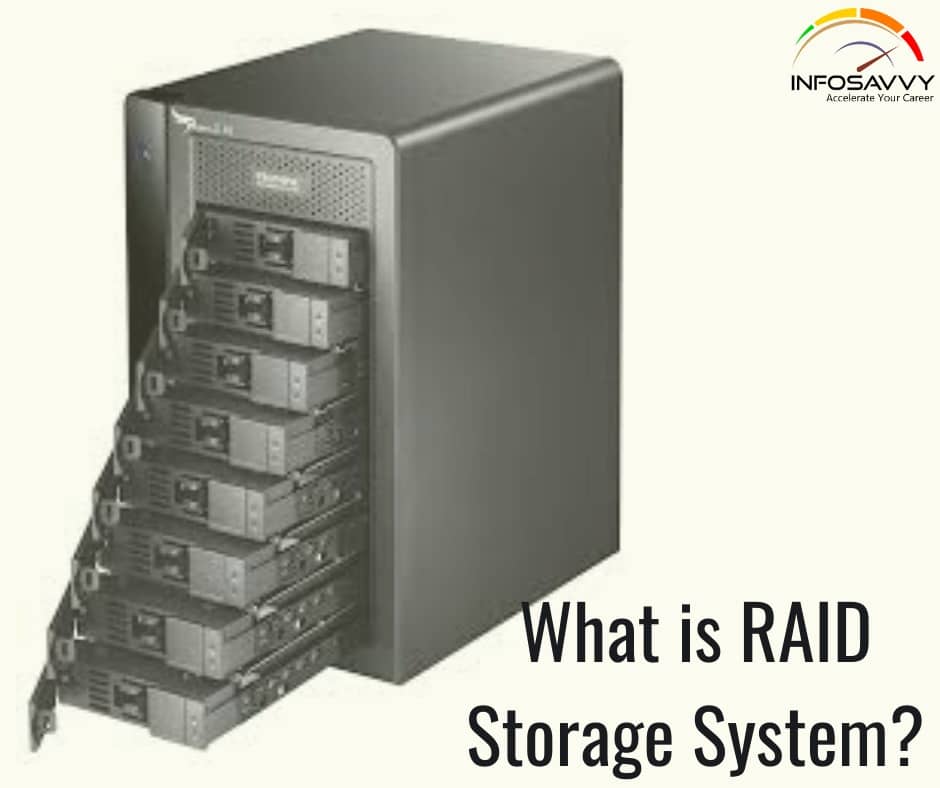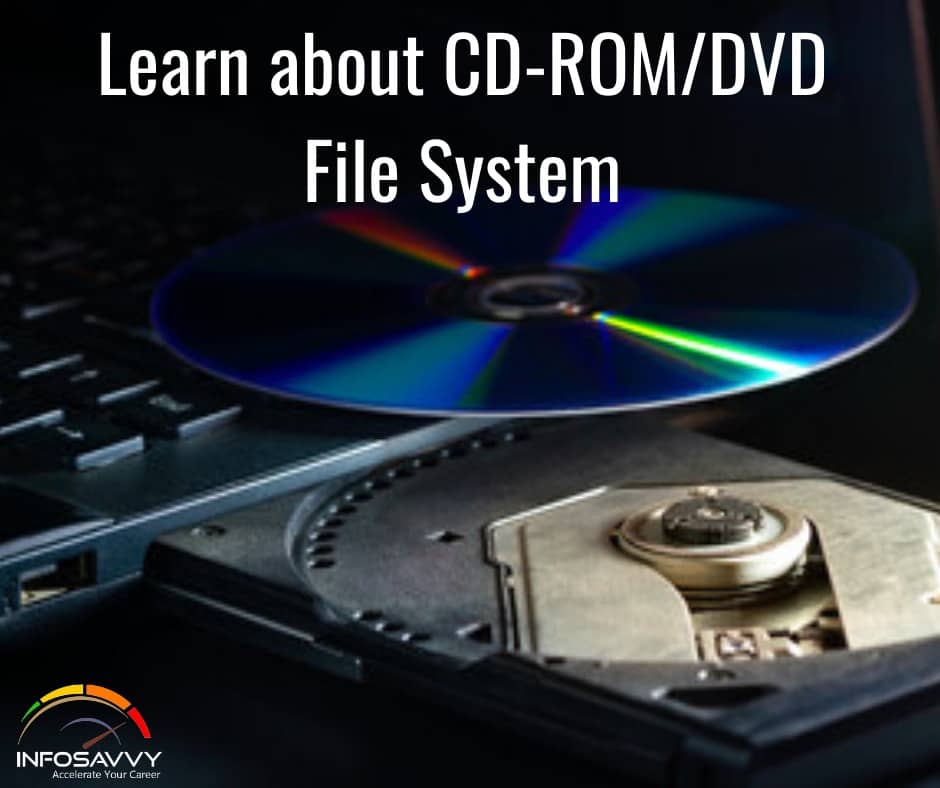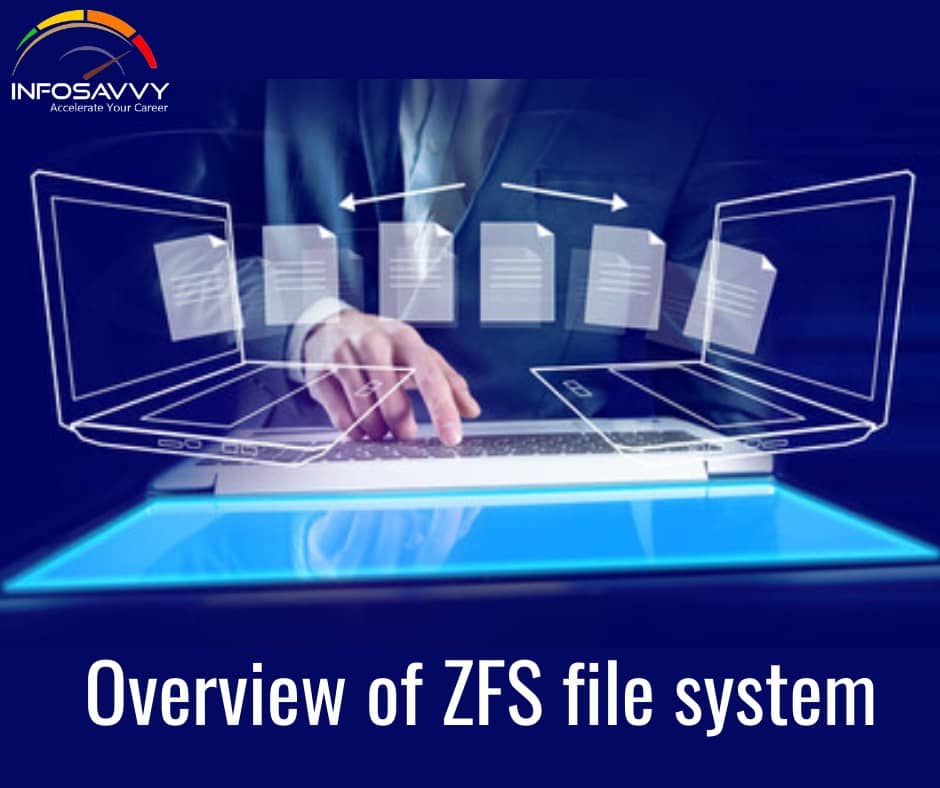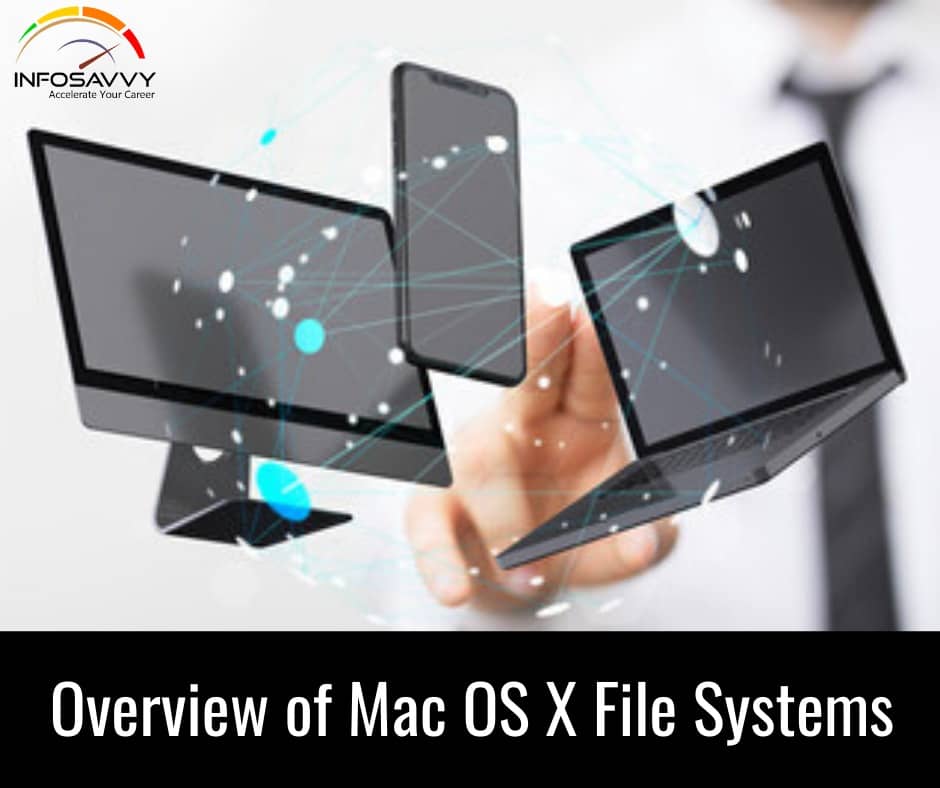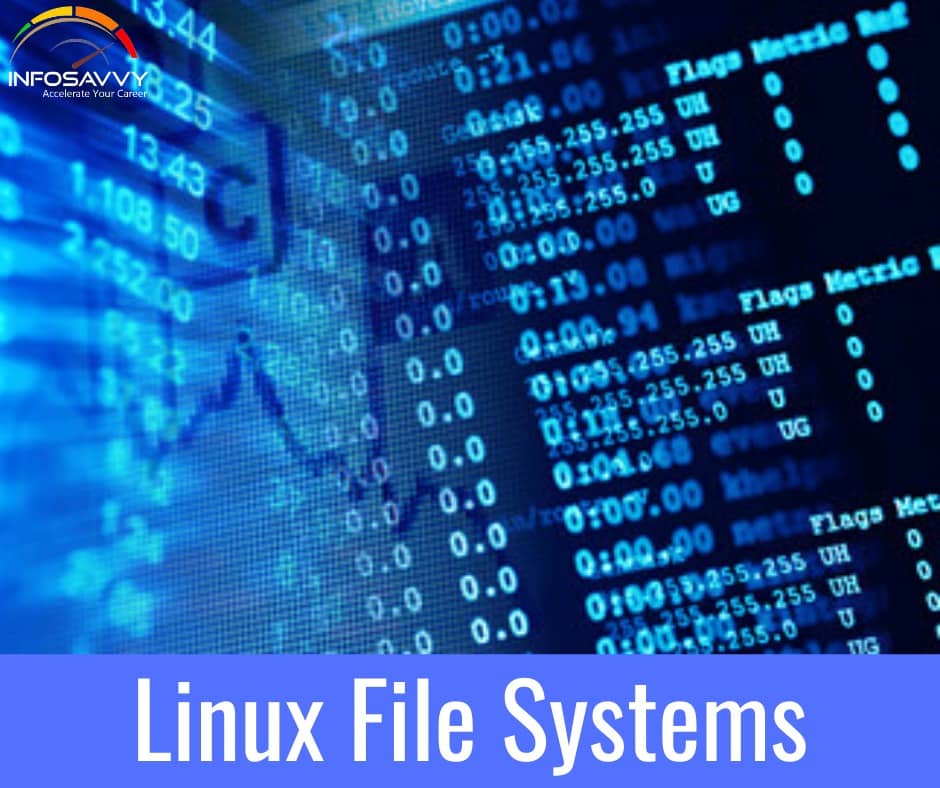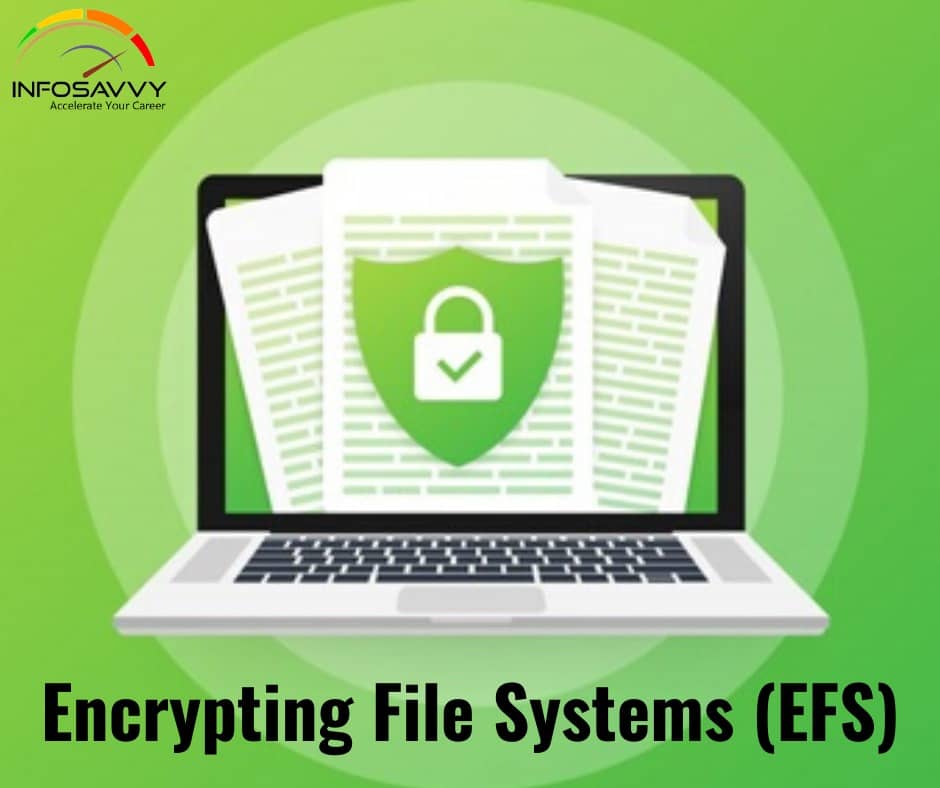Live Data Acquisition
Live Data Acquisition is the process of extracting volatile information present in the registries, cache, and RAM of digital devices through its normal interface. The volatile information is dynamic in nature and changes with time, therefore, the investigators should collect the data in real time. Simple actions such as looking through the files on a running computer or booting up the computer have the potential to destroy or modify the available evidence data, as it …



